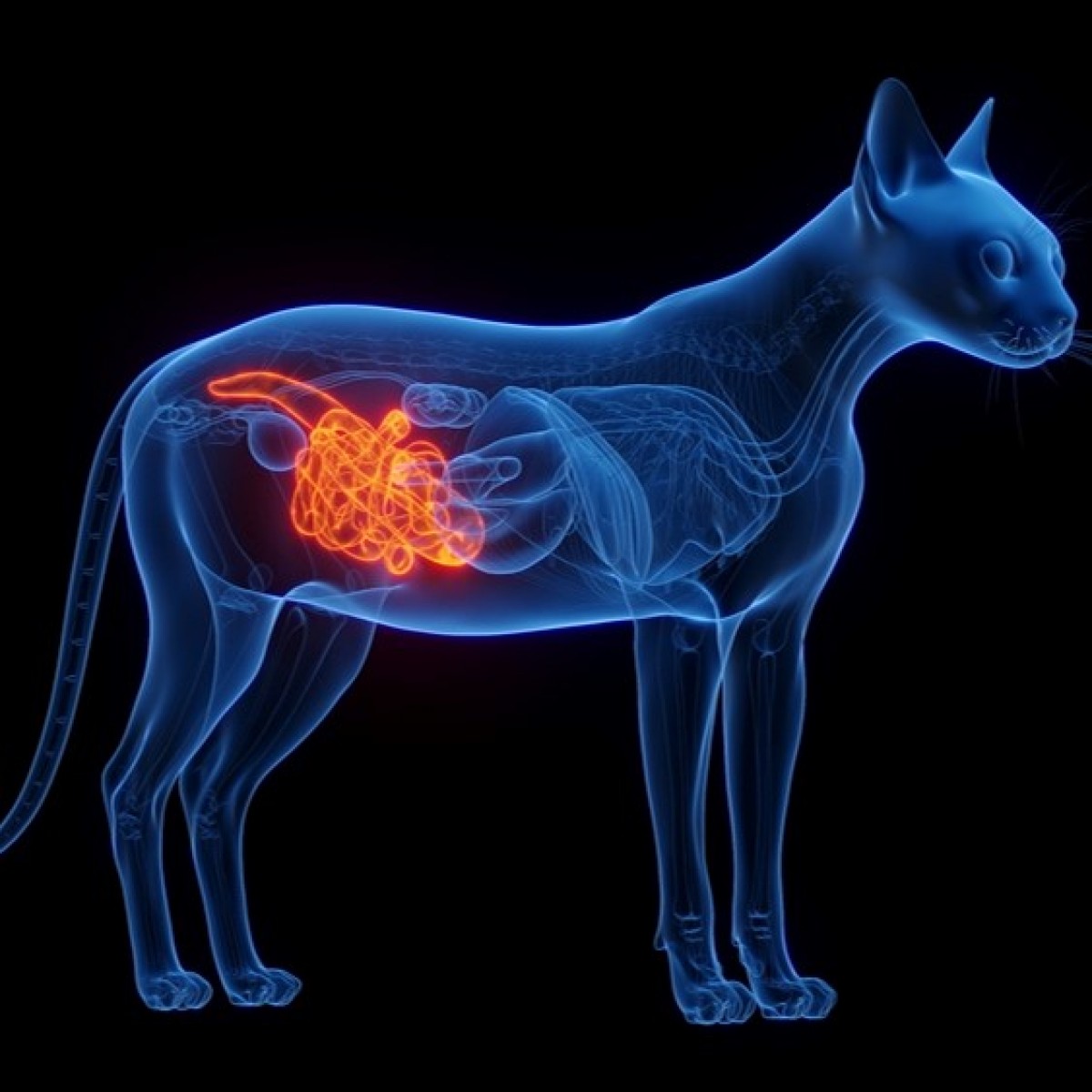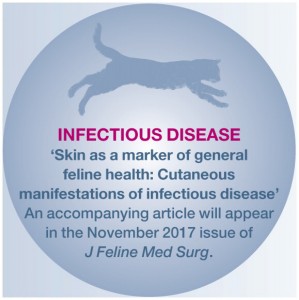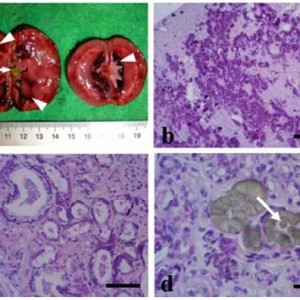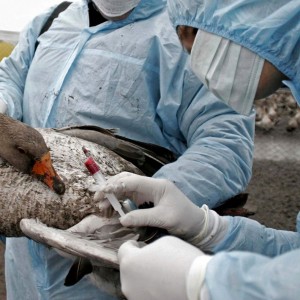Intestinal and lung parasites in owned dogs and cats from central Italy
Prevalence and risk factors of intestinal and lung parasites were investigated in 239 owned dogs and 81 owned cats from central Italy. In 36 dogs and 20 cats found infected by nematodes, pre and post-treatment faecal egg count (FEC) was also evaluated. About 31% of dogs and about 35% of cats resulted positive for at least one intestinal or lung parasitic species. Helminthic, intestinal and zoonotic infections resulted prevalent in examined animals. Examined dogs resulted infected by Toxocara canis (13.0%), Toxascaris leonina (1.7%), Trichuris vulpis (3.3%), Ancylostoma caninum (2.0%), Uncinaria stenocephala (1.25%), Strongyloides stercoralis (0.8%), Angiostrongylus vasorum (0.4%), Dipylidium caninum (1.25%), Taeniidae eggs (0.4%), Giardia duodenalis (3.8%), and Cystoisospora (Isospora) spp. (7.5%). Examined cats were infected by Toxocara cati (22.2%), Capillaria aerophila (1.2%), Ancylostoma tubaeformae (1.2%), U. stenocephala (3.7%), Aelurostrongylus abstrusus (1.2%), Mesocestoides sp. (1.2%), D. caninum (1.2%), G. duodenalis (1.2%) and Cystoisospora spp. (4.5%). The presence of clinical signs and the young age (less than 6 months) were identified as risk factors by univariate and multivariate statistical analysis. In 63.9% treated dogs and in 80.0% treated cats, percentages of post-treatment FEC reduction higher than 90% were found. Results obtained in this study are discussed.
Introduction
Intestinal and lung parasites are frequently recorded in dogs and cats and can be responsible for severe clinical forms. For these reason they are considered very important pathogens in the clinical practice of these companion animals (De Santis et al., 2006, Sager et al., 2006, Claerebout et al., 2009, Epe, 2009, Traversa et al., 2010). Moreover, intestinal and lung parasites of dogs and cats include zoonotic species raising public health concerns, such as Toxocara spp. and Ancylostoma caninum responsible respectively for human visceral and cutaneous larva migrans or Capillaria aerophila occasionally reported as a cause of human pulmonary capillariosis (Sager et al., 2006, Sommerfelt et al., 2006, Claerebout et al., 2009, Lee et al., 2010, Traversa et al., 2010). Appropriate de-worming strategies based on the active monitoring of parasite distributions and the identification of specific risk factors, are considered fundamental to reduce the risk of infection in dogs and cats and to prevent human infections (Robben et al., 2004, Capelli et al., 2006, De Santis et al., 2006, Sager et al., 2006, Martìnez-Carrasco et al., 2007, Claerebout et al., 2009; http://www.esccap.org). However, despite the use of the recommended frequency of anthelmintic treatments, high yearly incidences of some intestinal nematode species (Toxocara canis, hookworms and Trichuris vulpis) were recently observed in dogs (Sager et al., 2006, Claerebout et al., 2009) and the incomplete effectiveness of the treatment was included among supposed causes of these findings (Sager et al., 2006). Furthermore, the anthelmintic resistance of some nematode species affecting dogs, including that of A. caninum against pyrantel, has been recently reported (Kopp et al., 2007, Kopp et al., 2008, Geary et al., 2011). Hence the importance to perform parasitological studies aimed to check the success of the treatment of infected dogs and cats, especially in the case of zoonotic species. According to the European Specialist Counsel Companion Animal Parasites (ESCCAP), the faecal egg count reduction test (FECRT) can be used in dogs and cats to assess the effectiveness of the treatment against nematode infections and a reduction in faecal egg count of 90% or more would be expected with most effective anthelmintics (http://www.esccap.org).
In Italy, few recent studies deal with distribution and risk factors of canine and feline intestinal and lung parasites in owned animals (Capelli et al., 2006, Traversa et al., 2010, Zanzani et al., 2010). Thus, the main aims of the present investigation were to obtain data on prevalence of intestinal and lung parasitic infections in owned dogs and cats in this part of the country and to identify potential risk factors.
Furthermore, the faecal egg count reduction test (FECRT) was also performed on some nematode infected animals in order to evaluate the absence/reduction of nematode eggs after the anthelmintic treatment.
Authors: Francesca Riggio, Riccardo Mannella, Gaetano Ariti, Stefania Perrucci
Source: https://www.sciencedirect.com/














List
Add
Please enter a comment